How many colors can an LED display produce? LED displays have become increasingly popular in recent years for their vibrant colors, high resolution, and energy efficiency. However, many people are still unsure about the number of colors an LED display can produce.
In this article, we will explore the answer to the question, "How many colors can an LED display?", and delve into related topics.

An LED display is a flat panel display that uses light-emitting diodes (LEDs) as pixels for video display. They come in various sizes, resolutions, and color depths. LED displays are commonly used in digital signage, large format displays, outdoor advertising, scoreboards, and traffic signs.
Yes, LED screens that can display more colors are generally considered better for indoor and outdoor advertising applications. Here are some reasons why:
A LED screen with a higher color depth can display a wider range of colors, which can result in improved color accuracy and a more vibrant display. This is particularly important for applications where color accuracy is critical, such as in product advertising or branding.
LED screens with a higher color depth can also produce a higher contrast ratio, which means that the difference between the brightest and darkest colors is greater. This can result in a more dynamic and engaging display that catches the viewer's attention.
LED screens with more color options offer greater flexibility in terms of the content that can be displayed. With a wider range of colors, designers can create more complex and visually appealing graphics and animations.
Then do you know how many colors can an LED display produce? The following will explain in detail for you.
The number of colors an LED display can produce depends on several factors, such as the number of LEDs, the color depth, and the driving technology. A typical LED display can produce millions of colors, ranging from monochrome to full-color LED.
The color depth is the number of bits used to represent each pixel. The more bits, the more colors the display can produce. For example, an 8-bit display can produce 256 colors, while a 10-bit display can produce 1024 colors.
Some high-end LED displays use advanced technologies like quantum dots and local dimming to achieve even more accurate and vibrant colors.
Here are some of the main factors that affect the color range of LED displays:
Color depth refers to the number of colors that can be displayed on a screen. LED displays typically have a color depth of 16 million colors, which allows for a wide range of colors to be displayed.
Different types of LED chips can produce different colors, and the quality of the LED chip can affect the color range of the display.
For example, high-quality RGB LED chips can produce a wider range of colors than lower-quality LED chips. Kingaurora's 3-in-1 full-color DIP lamp is one such LED that can provide better color consistency.
They have lower power but can provide higher brightness. For example, the T10 in the Kingaurora Outdoor Fixed Screen Taurus T Series has a brightness of 8000/6000nits, which can effectively attract the eyes of passers-by during the day.
Color calibration is the process of adjusting the display to accurately reproduce colors. Calibration is essential to ensure that the colors displayed on the screen are true to life and consistent across different devices.
Overall, LED displays can produce a wide range of colors, making them ideal for displaying high-quality images and videos.
LED displays have numerous applications across various industries, including:
LED displays are commonly used in public areas to display advertisements, information, and promotions. They are highly visible and can be easily updated and customized.
LED displays are used in sports stadiums to display scores, statistics, and live video feeds. They offer high visibility and can be viewed from long distances.
LED displays are used in control rooms to monitor and display critical information, such as surveillance footage, weather updates, and emergency alerts.
LED displays are used in concert stages, theaters, and theme parks to display high-quality images and videos. They provide a vibrant and immersive viewing experience.
Kingaurora's T10 also has a fully waterproof function, which is very suitable for long-term outdoor use.
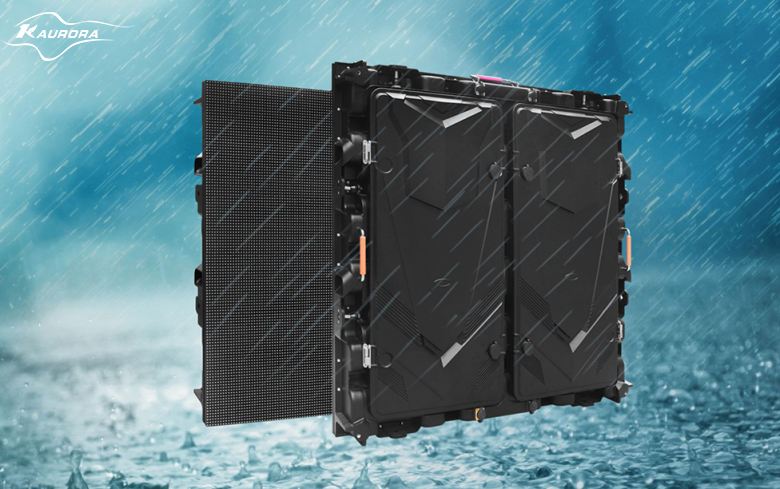
LED displays offer several advantages over other types of displays, such as LCD and plasma. Some of these advantages include:
LED displays consume less power than other types of displays, making them more environmentally friendly and cost-effective.
LED screens offer high brightness and contrast, making them ideal for outdoor and indoor use.
LED displays have a longer lifespan than other types of displays, reducing the need for frequent replacements.
LED screens can be customized to any size and shape, making them ideal for unconventional applications and designs.
Now, do you know how many colors can an LED display produce? In conclusion, LED displays can produce a wide range of colors, depending on the number of LEDs, color depth, and driving technique. They offer several advantages over other types of displays and have numerous applications across various industries.
As technology continues to improve, we can expect even more advanced LED displays from Kingaurora in the future.
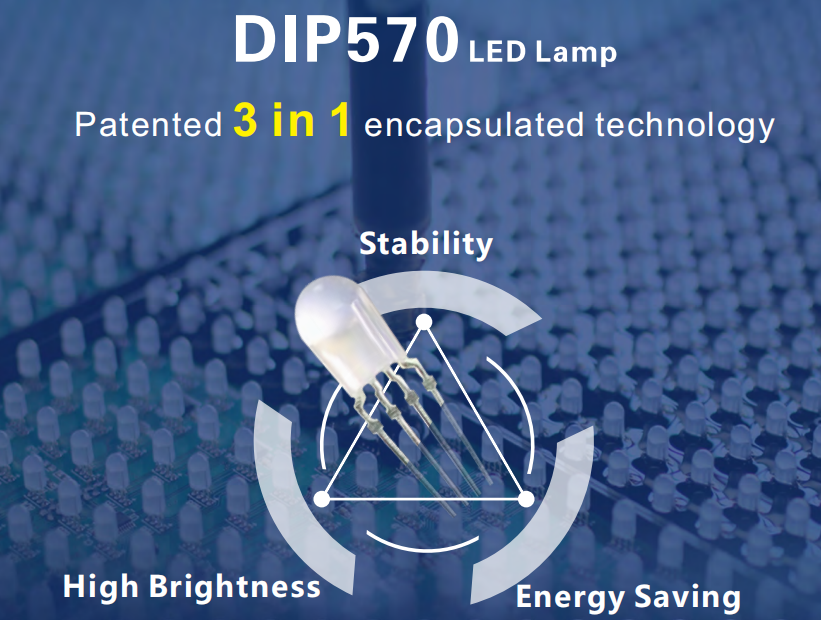

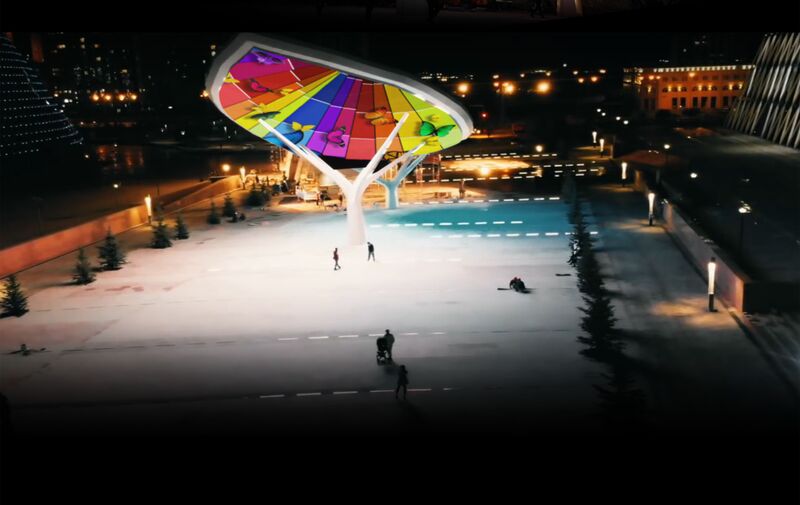

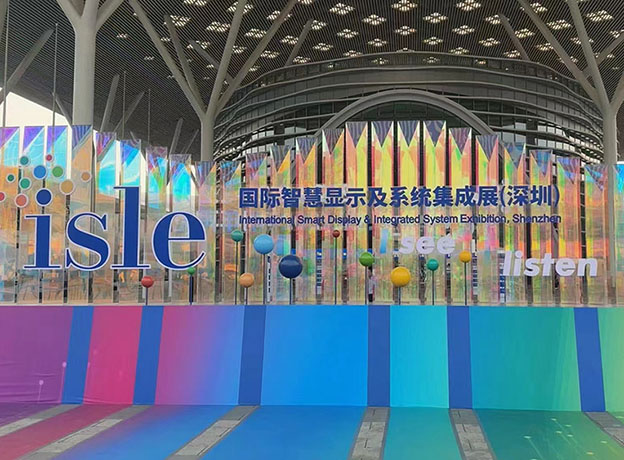
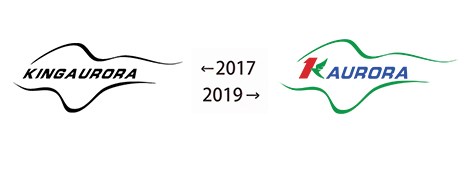
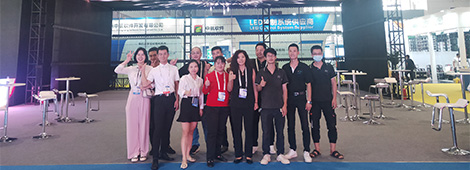
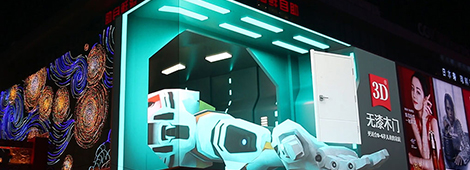
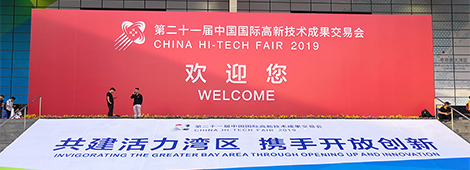
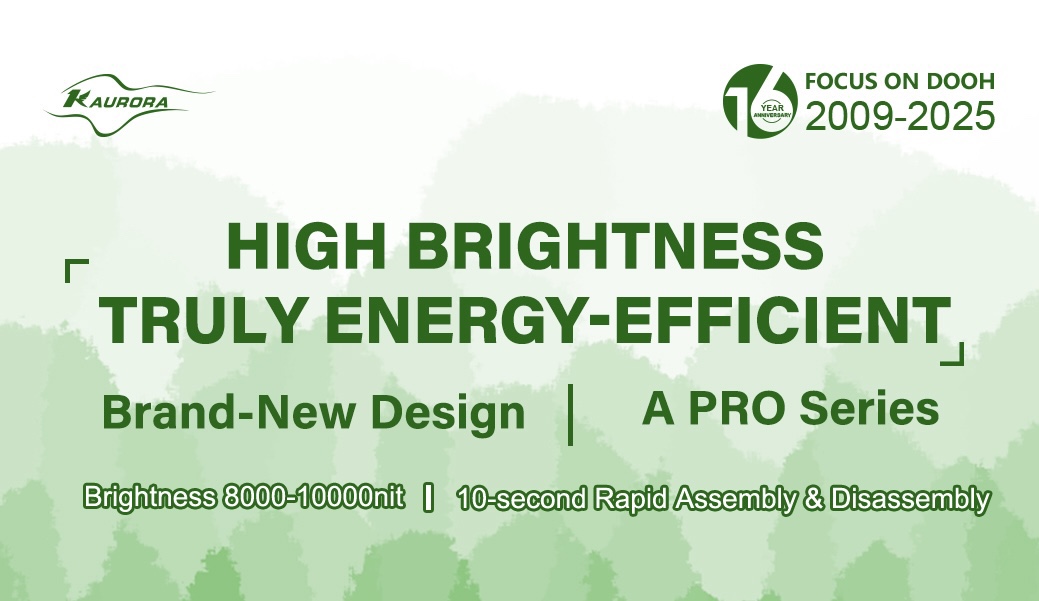
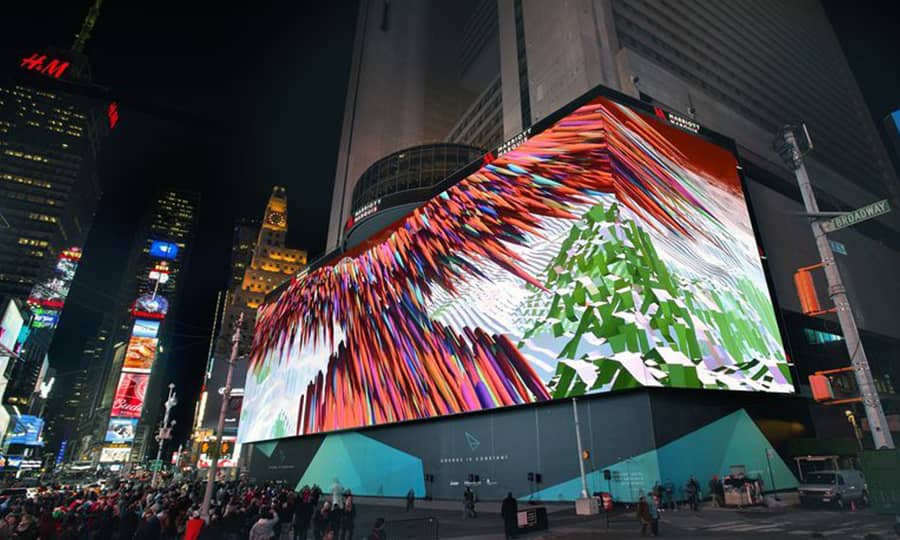
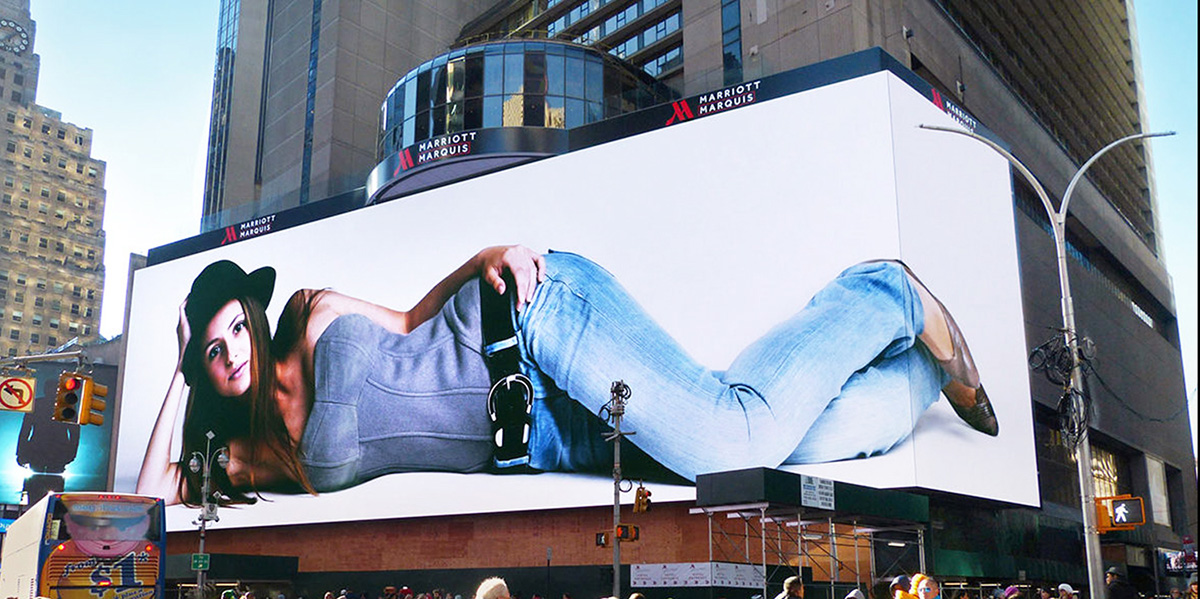
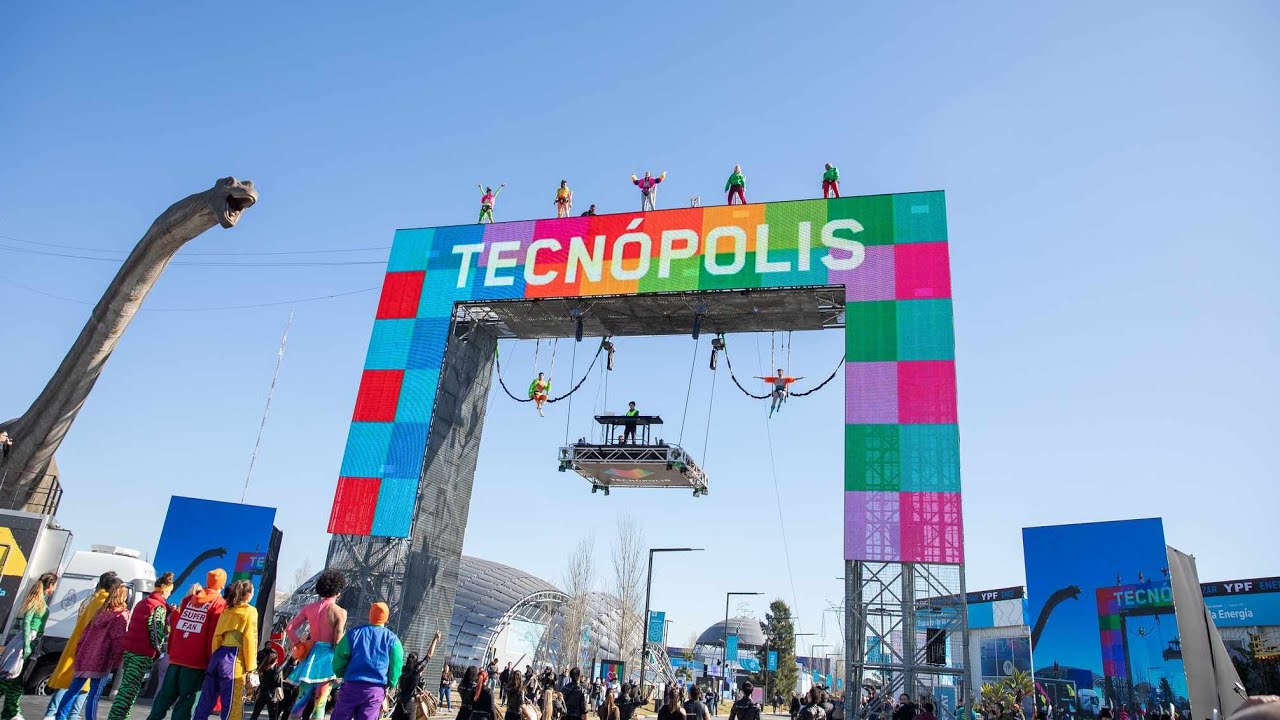
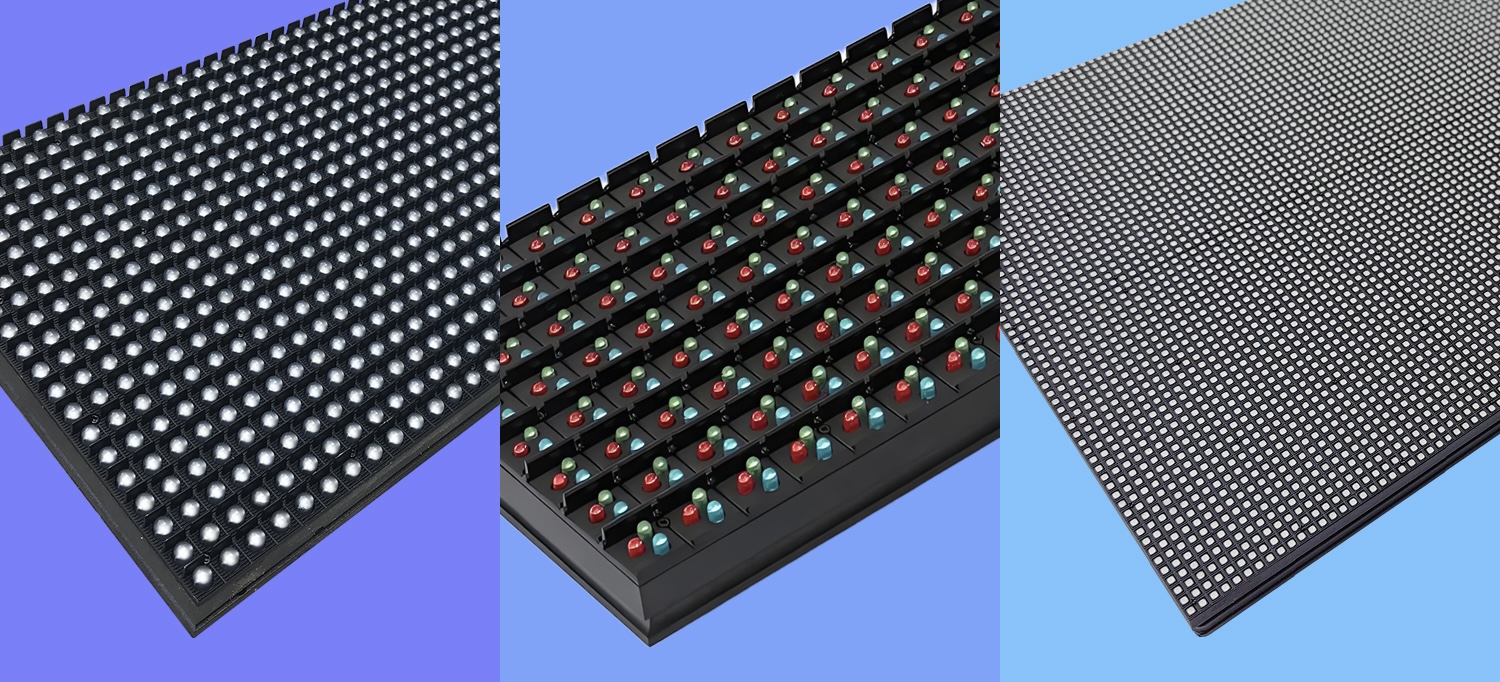
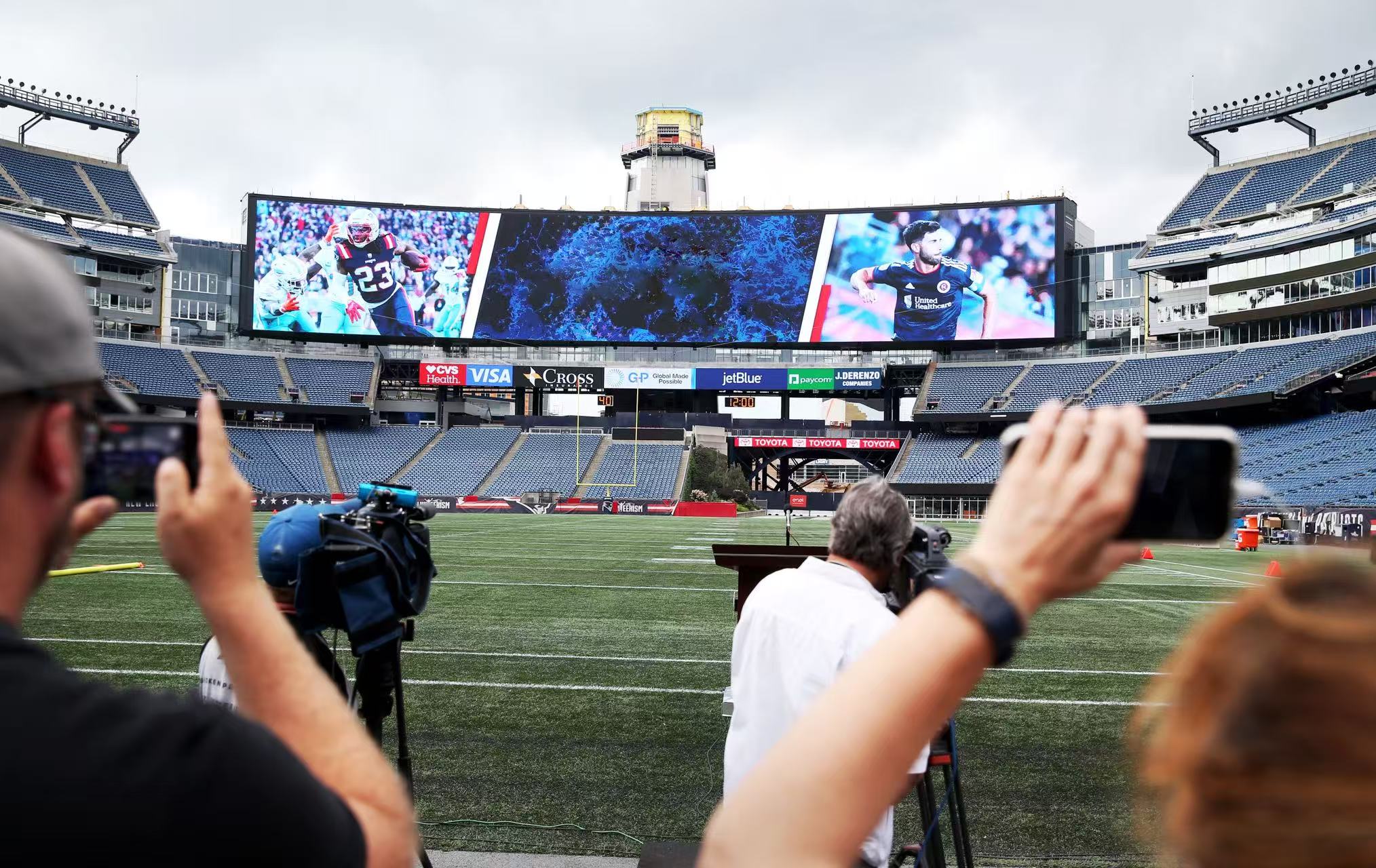
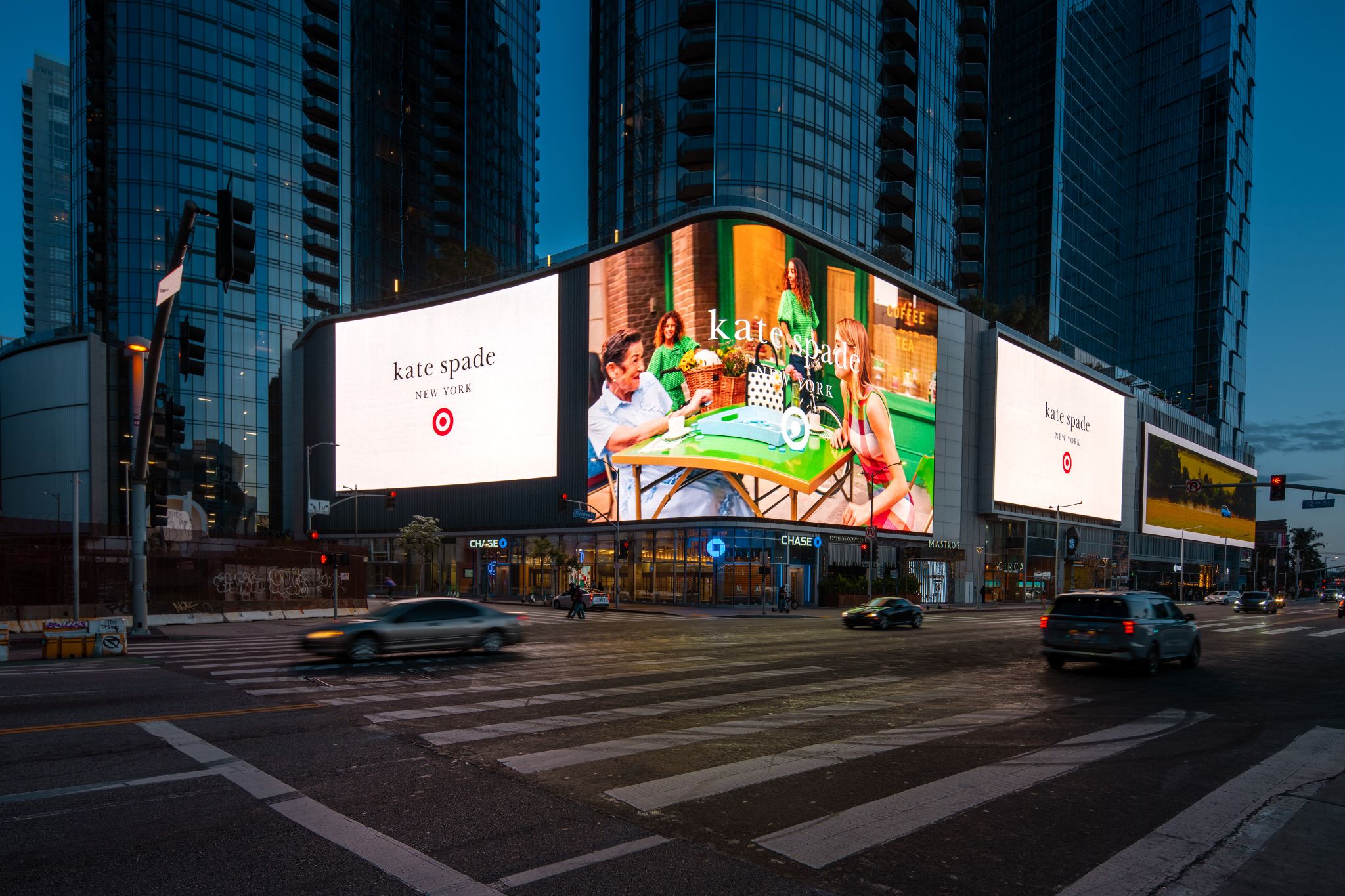
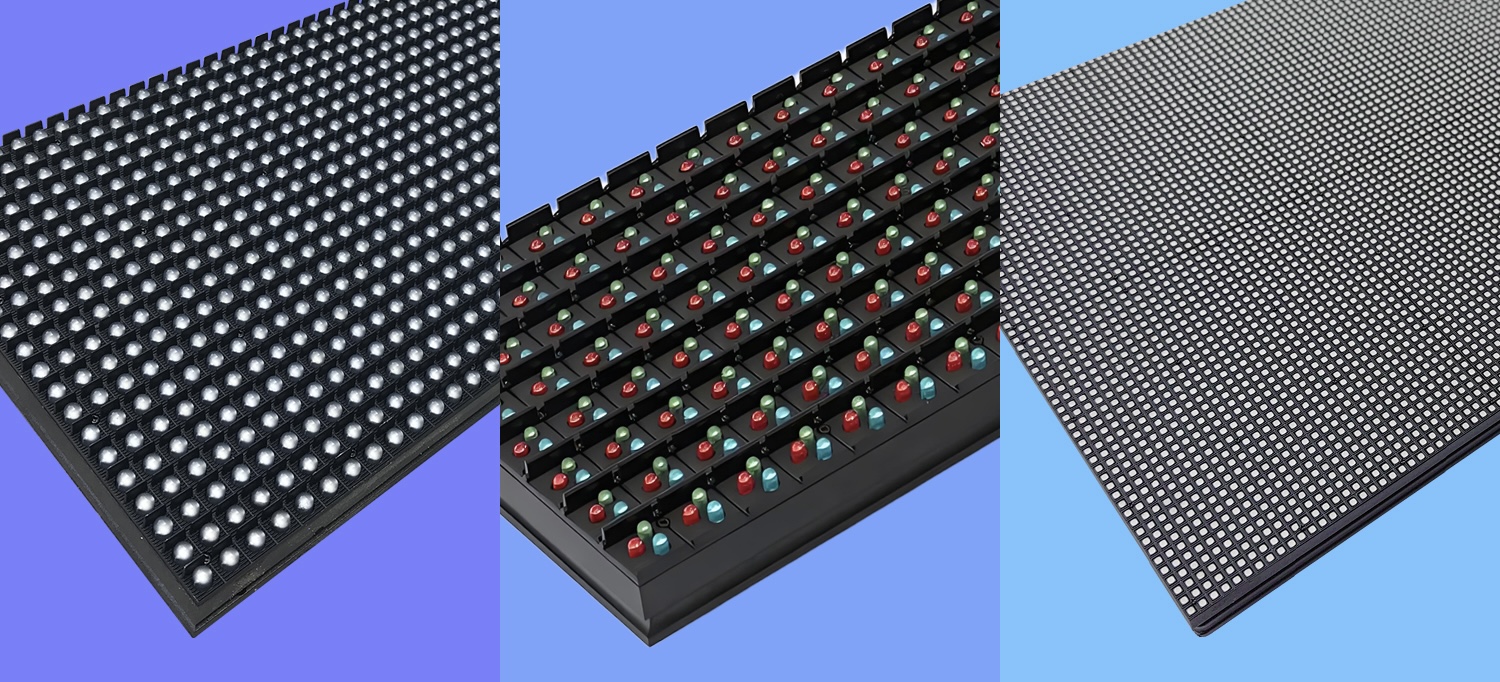
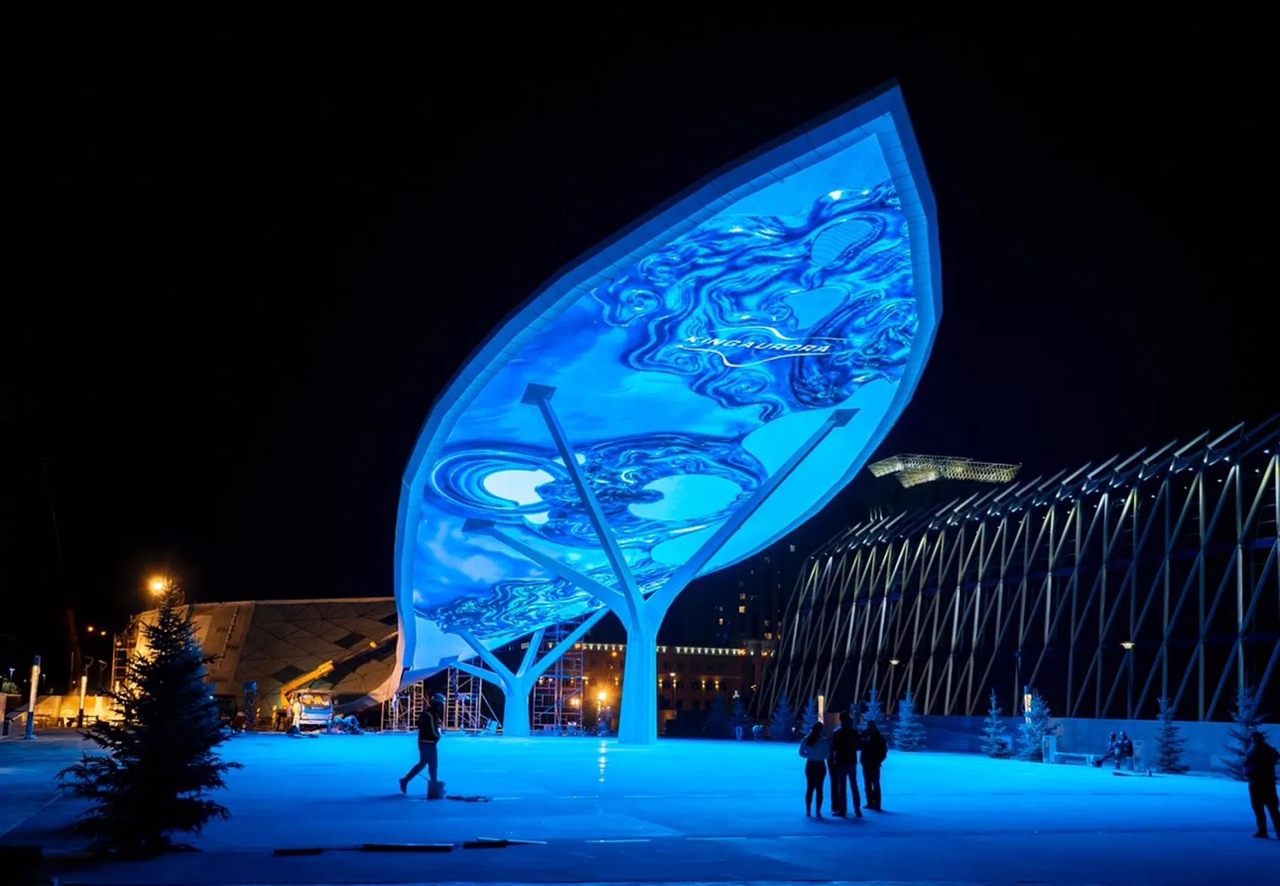
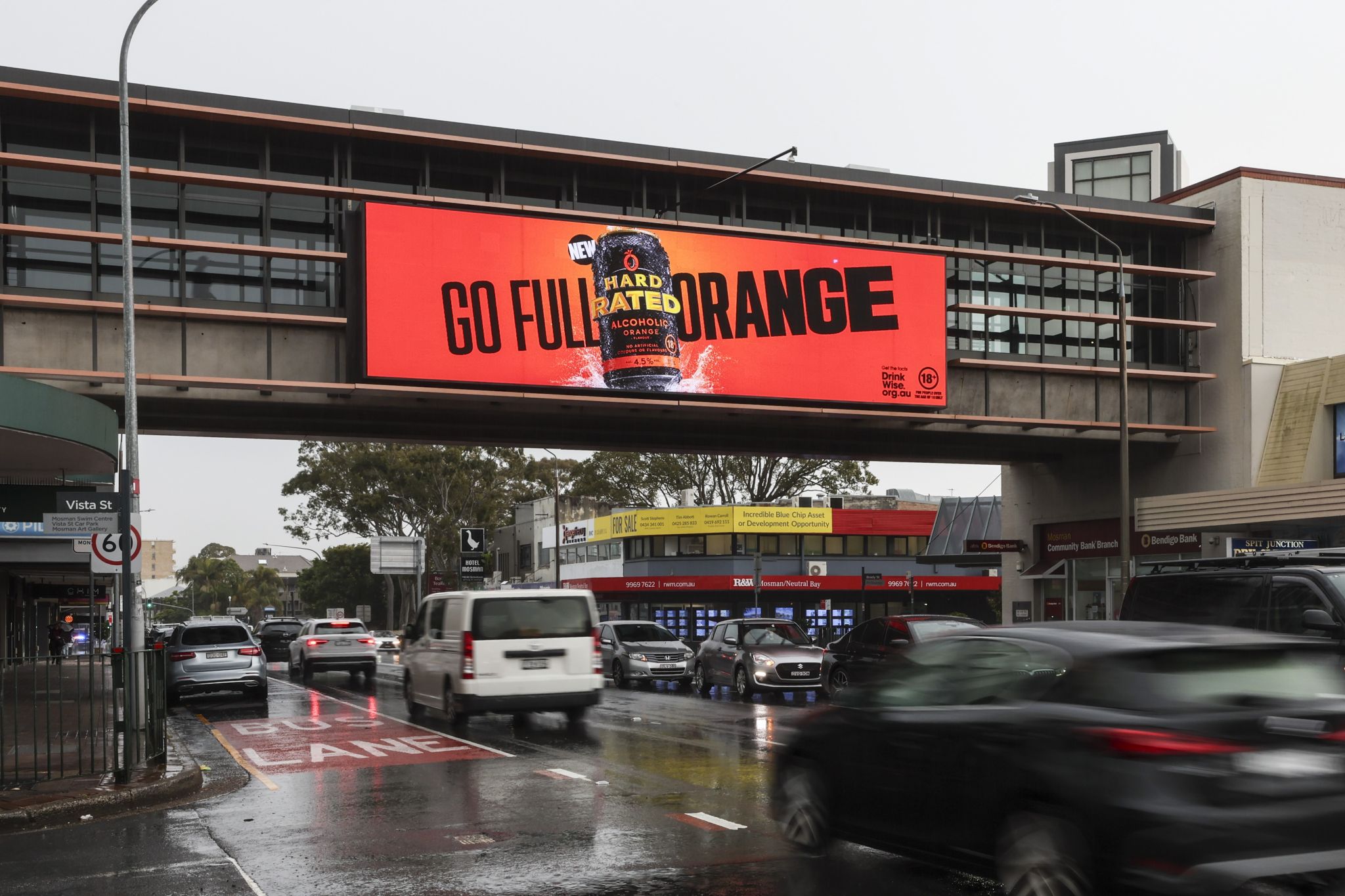


3th Building,Gaosite Zone Pingshan
New District, Shenzhen

sevice88@kingaurora.com
3th Building,Gaosite Zone Pingshan
New District, Shenzhen